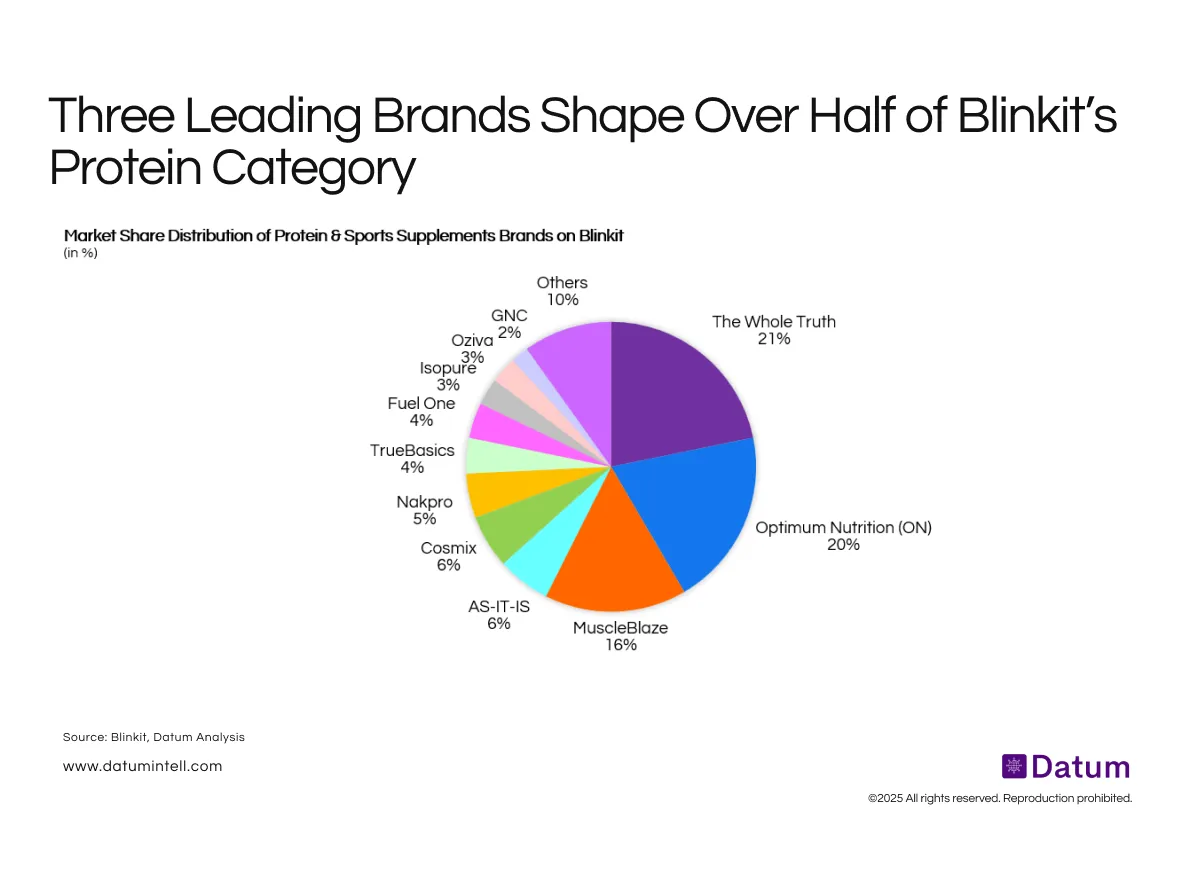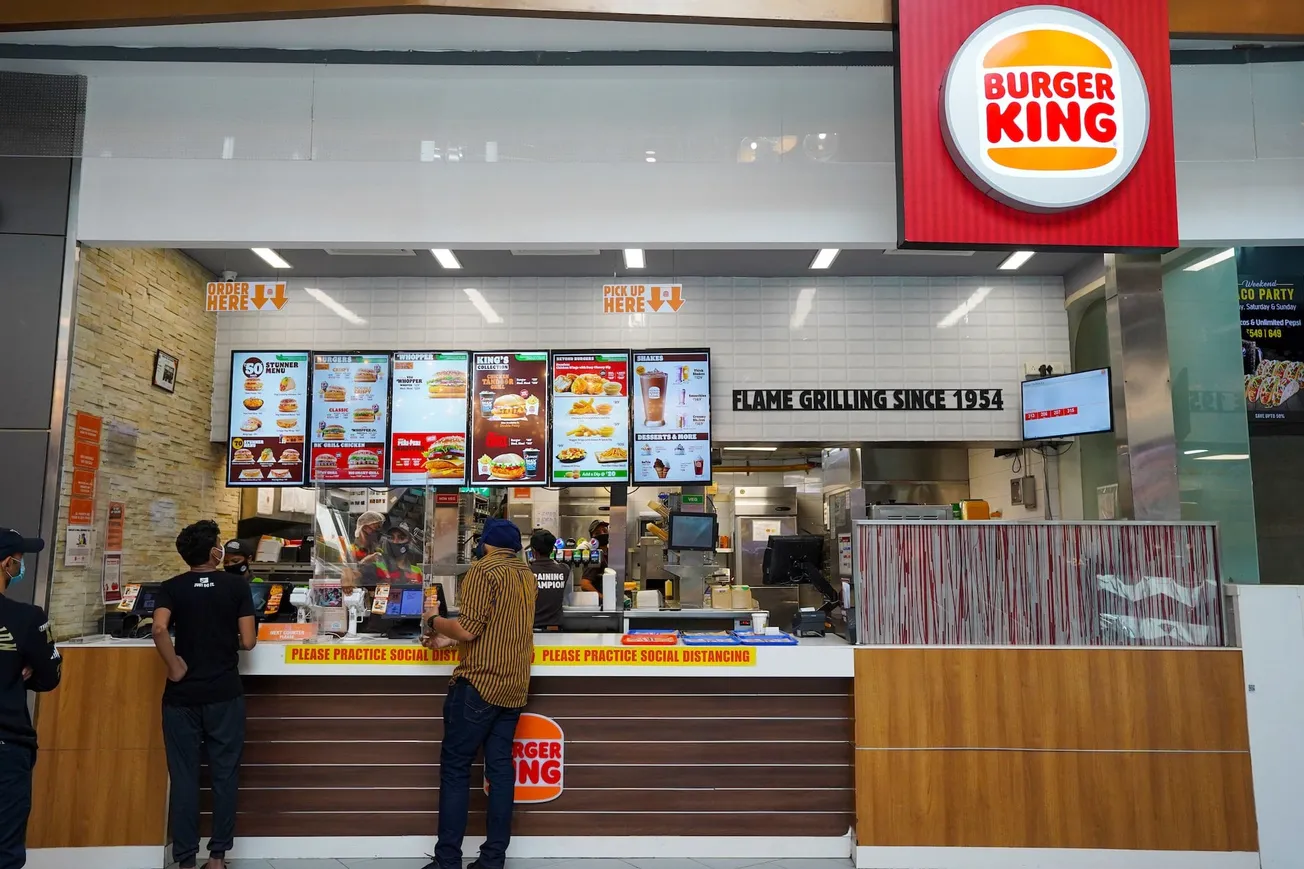The Power of Few: How Just 18% of Brands Drive 80% of Blinkit's Sales
A closer look at how a small fraction of brands and categories drive the majority of Blinkit's revenue, highlighting key patterns in customer spending

Latest

The Korean Noodle Takeover: How Blinkit Data Reveals India's Fastest Food Trend
Korean noodles now account for 34% of Blinkit's noodle sales in top Indian cities with Tier-2 markets outpacing metros. Quick commerce isn't just faster delivery; it's a cultural accelerant reshaping what Indians eat, buy, and aspire to.

Blinkit’s Protein Category Shows Sharp Premiumisation and High Loyalty
Three brands control 57% of Blinkit's protein sales. In quick commerce, trust and efficacy trump discovery. When speed meets high-stakes nutrition, brand credibility becomes everything.

When 60% Price Hikes Cannot Save Margins: Marico's Copra-Driven Profitability Crisis
Marico's 60% price hikes on Parachute coconut oil what CEO called "unheard of" in FMCG still couldn't prevent 970 basis point margin erosion as copra surged 113%. Company now depends on commodity deflation, not pricing, to restore profitability.

Burger King India: Demand Recovery Takes Shape After FY25 Volatility
Same-store sales growth trends show the business transitioning from post-inflation volatility to measured recovery, with early signs of stabilisation but requiring continued focus on value, digital, and operational discipline to sustain momentum.
